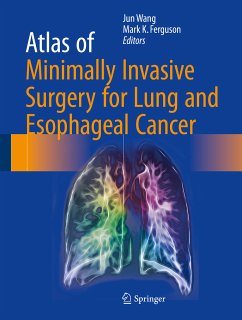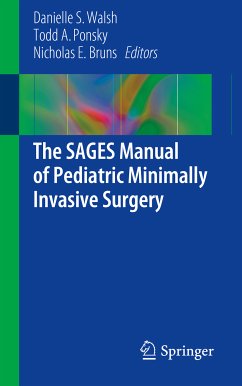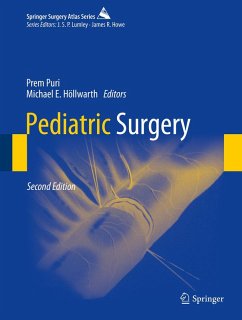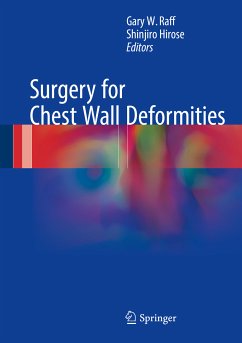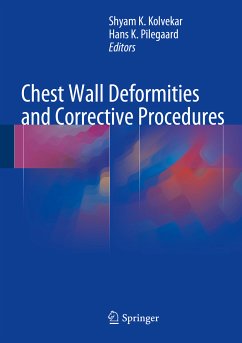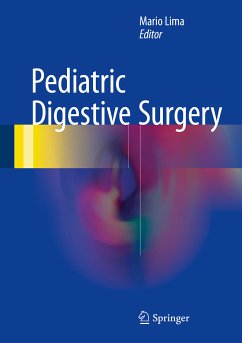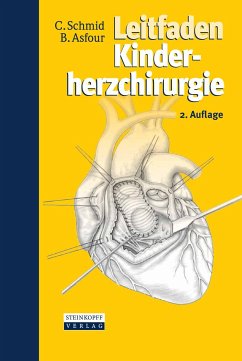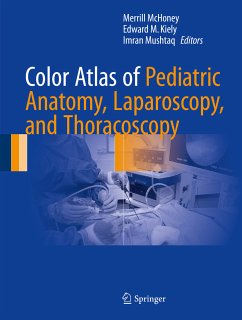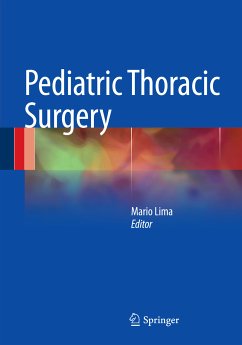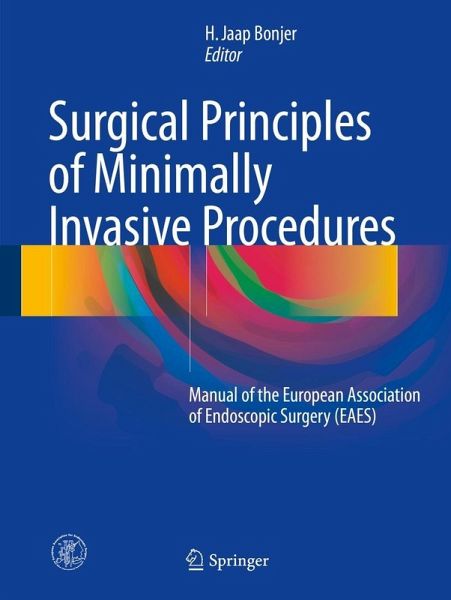
Surgical Principles of Minimally Invasive Procedures (eBook, PDF)
Manual of the European Association of Endoscopic Surgery (EAES)
Redaktion: Bonjer, H. Jaap
Versandkostenfrei!
Sofort per Download lieferbar
112,95 €
inkl. MwSt.
Weitere Ausgaben:

PAYBACK Punkte
56 °P sammeln!
The EAES Manual of Endoscopic Surgery provides surgeons and surgical residents with the best practical knowledge currently available on commonly performed minimally invasive abdominal and thoracic procedures. Expert European surgeons share their career-long experience by dissecting operative procedures step by step and highlighting potential technical and anatomical hazards. Authors instruct the reader in a fashion similar to the conversations that take place between master surgeons and their apprentices while scrubbing for surgery. Uniform full color illustrations complete the detailed descri...
The EAES Manual of Endoscopic Surgery provides surgeons and surgical residents with the best practical knowledge currently available on commonly performed minimally invasive abdominal and thoracic procedures. Expert European surgeons share their career-long experience by dissecting operative procedures step by step and highlighting potential technical and anatomical hazards. Authors instruct the reader in a fashion similar to the conversations that take place between master surgeons and their apprentices while scrubbing for surgery. Uniform full color illustrations complete the detailed descriptions of minimally invasive surgeries. In addition to the operative instructions, a key component of the manual is the provision of information on patient selection, choice of operative approach, special needs for minimally invasive procedures, and the early diagnosis and treatment of complications after surgery. ¿
Dieser Download kann aus rechtlichen Gründen nur mit Rechnungsadresse in A, B, BG, CY, CZ, D, DK, EW, E, FIN, F, GR, HR, H, IRL, I, LT, L, LR, M, NL, PL, P, R, S, SLO, SK ausgeliefert werden.



